Rethinking Childhood Vaccine Schedules

A growing demographic of “vaccine-hesitant” parents is driving demand for an alternative vaccine schedule that differs from CDC guidelines. But is it safe?
New Vaccines in Development
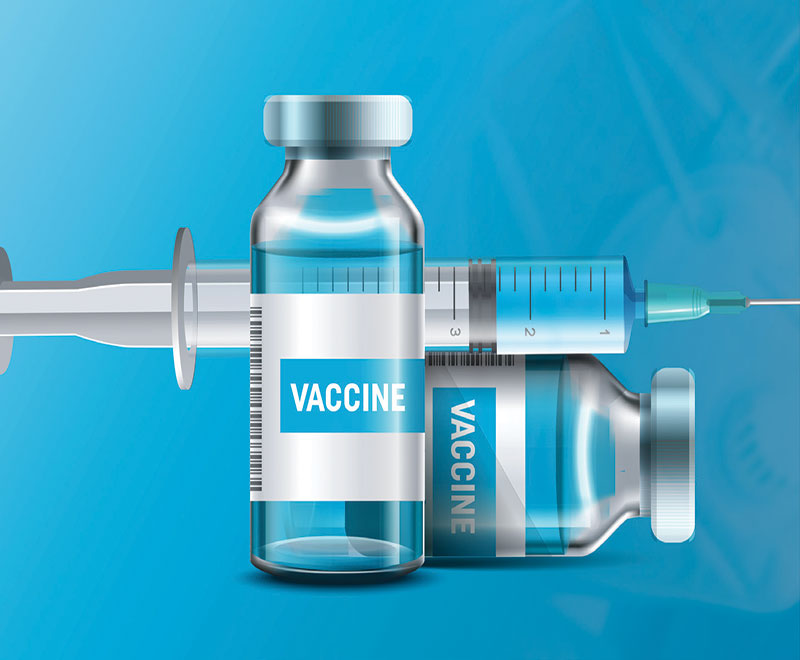
Beyond COVID-19 vaccines, research is showing potential for new vaccines to treat several other diseases.
COVID-19 Vaccines: Where Are We Now?

With three vaccines in circulation and three more on the horizon, is the end of the COVID-19 pandemic in sight?
Protecting Against Existing and Emerging Infectious Diseases
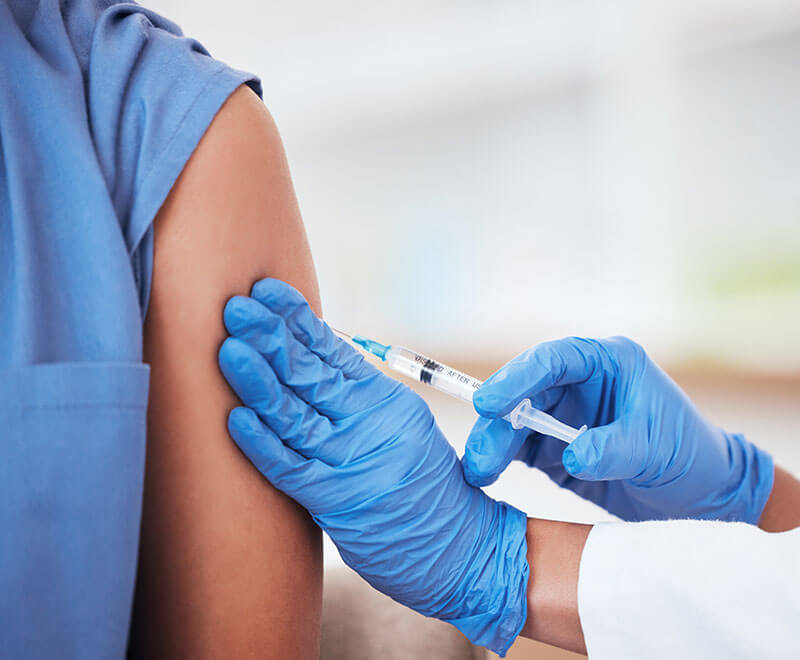
Emerging infectious diseases — those that have either never before been recognized or are re-emerging — represent one of the greatest threats to humanity.
New Site Tracks Vaccines and Drugs/Treatments in Development for COVID-19
BioRender, an online tool for creating scientific figures, has created a robust, interactive COVID VacTracker that is maintained regularly and updated daily.
CoVIg-19 Plasma Alliance Expands Membership and Clinical Trial Collaboration
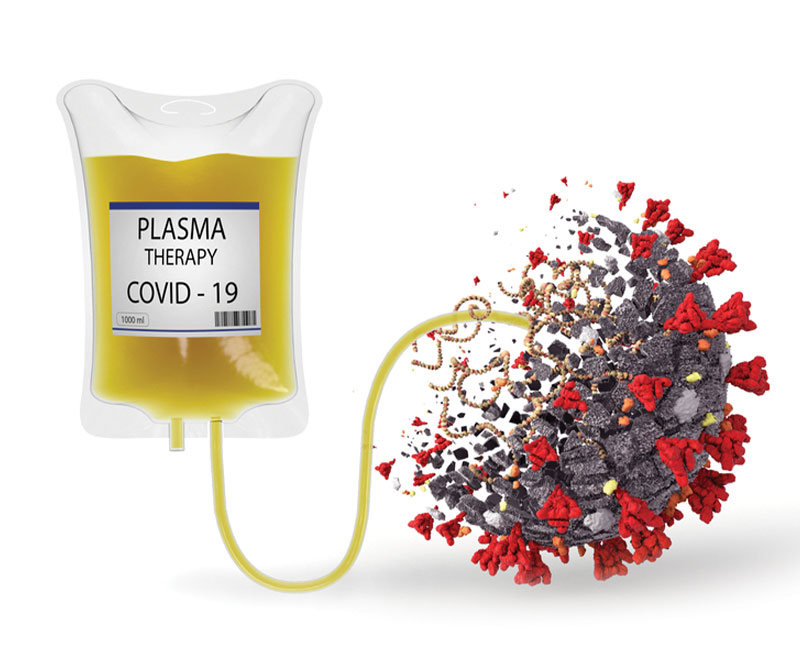
The CoVIg-19 Plasma Alliance now includes 11 plasma companies, and now also includes global organizations from outside the plasma industry.
BCG Vaccine Being Studied as Potential Protection Against COVID-19

Because research has shown the Bacillus Calmette-Guérin (BCG) tuberculosis vaccine boosts production of immune cells, it is currently being trialed in people as potential protection against COVID-19.
Studies Show Influenza and Pneumonia Vaccines May Reduce Risk of Developing Alzheimer’s

Two studies show the influenza (flu) and pneumonia vaccines lessen the risk of developing Alzheimer’s disease (AD) in the future.
Exploring New Vaccine Delivery Methods
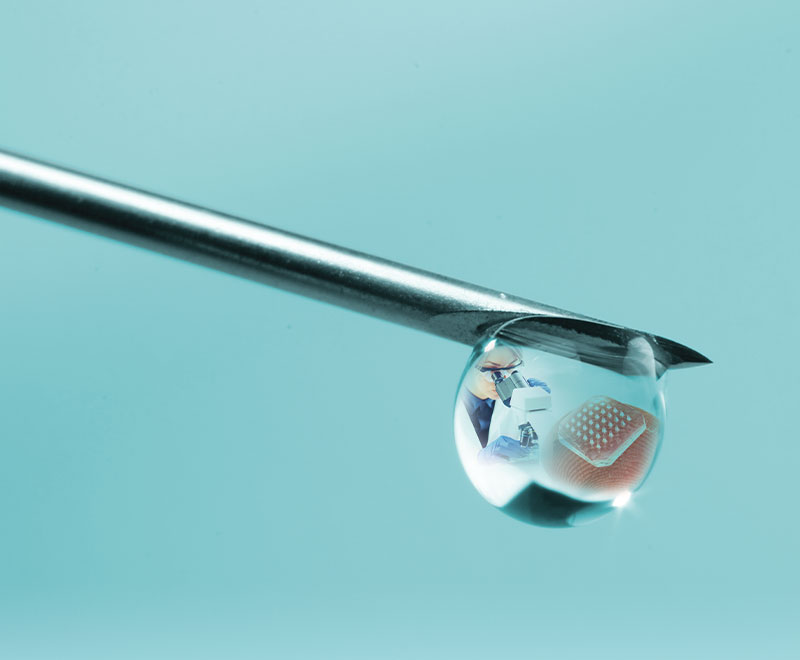
Some promising new methods for delivering vaccinations could mean a pain-free alternative, the elimination of accidental needlesticks and reduced risk of infections.
Counteracting the Anti-Vaccine Movement
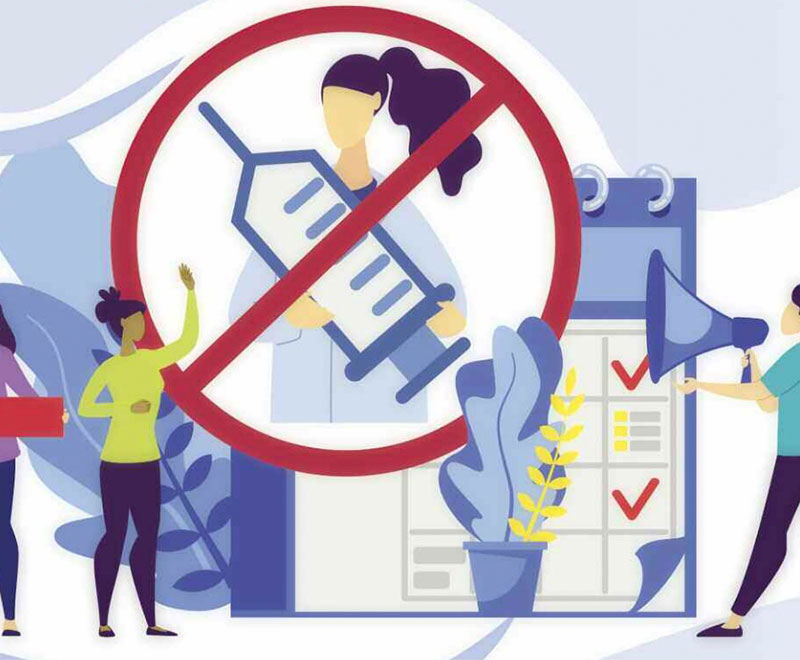
Social media platforms have given the anti-vaccine faction a significant voice that has undermined advances in public health. Now, in the wake of a global pandemic, healthcare stakeholders may have an opportunity to reclaim the narrative about vaccines with facts, not fiction.